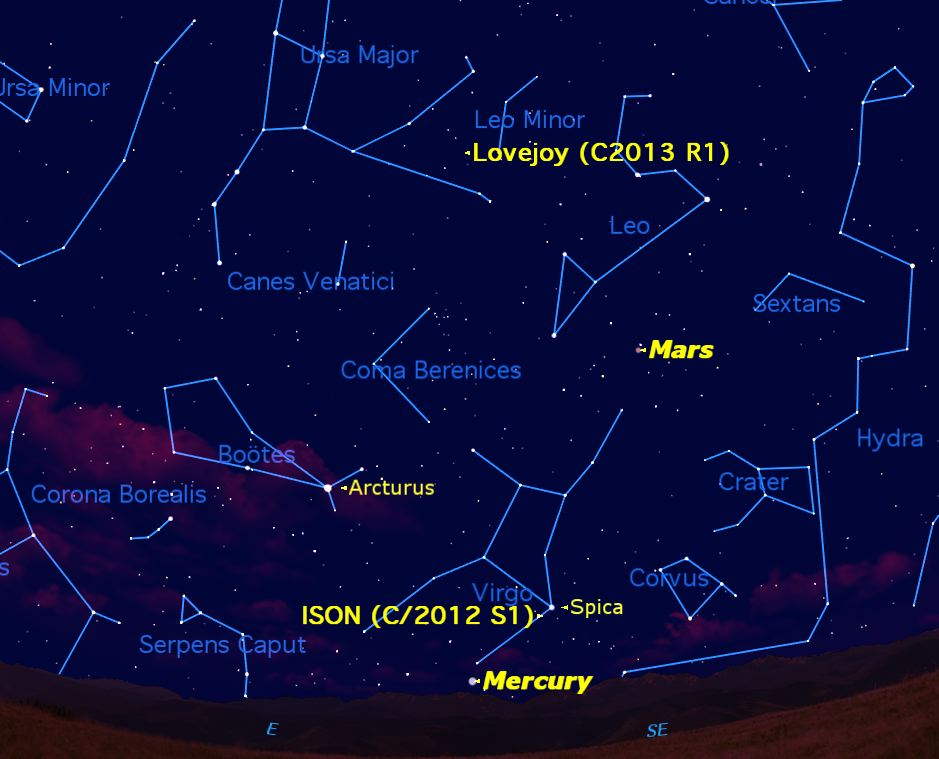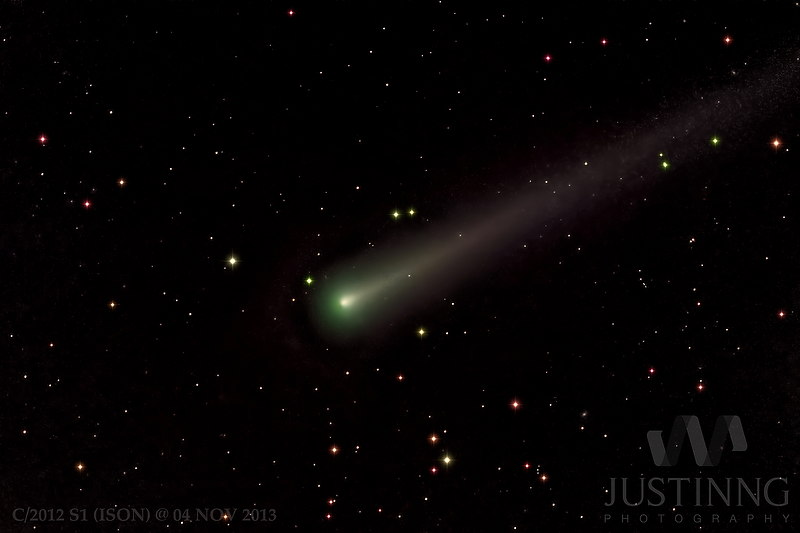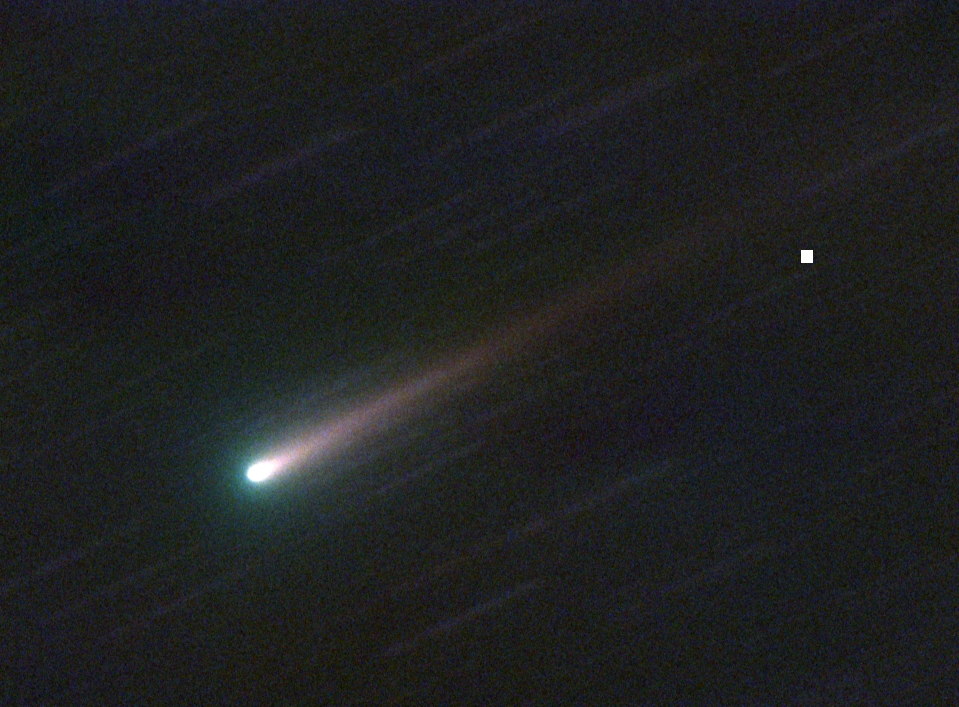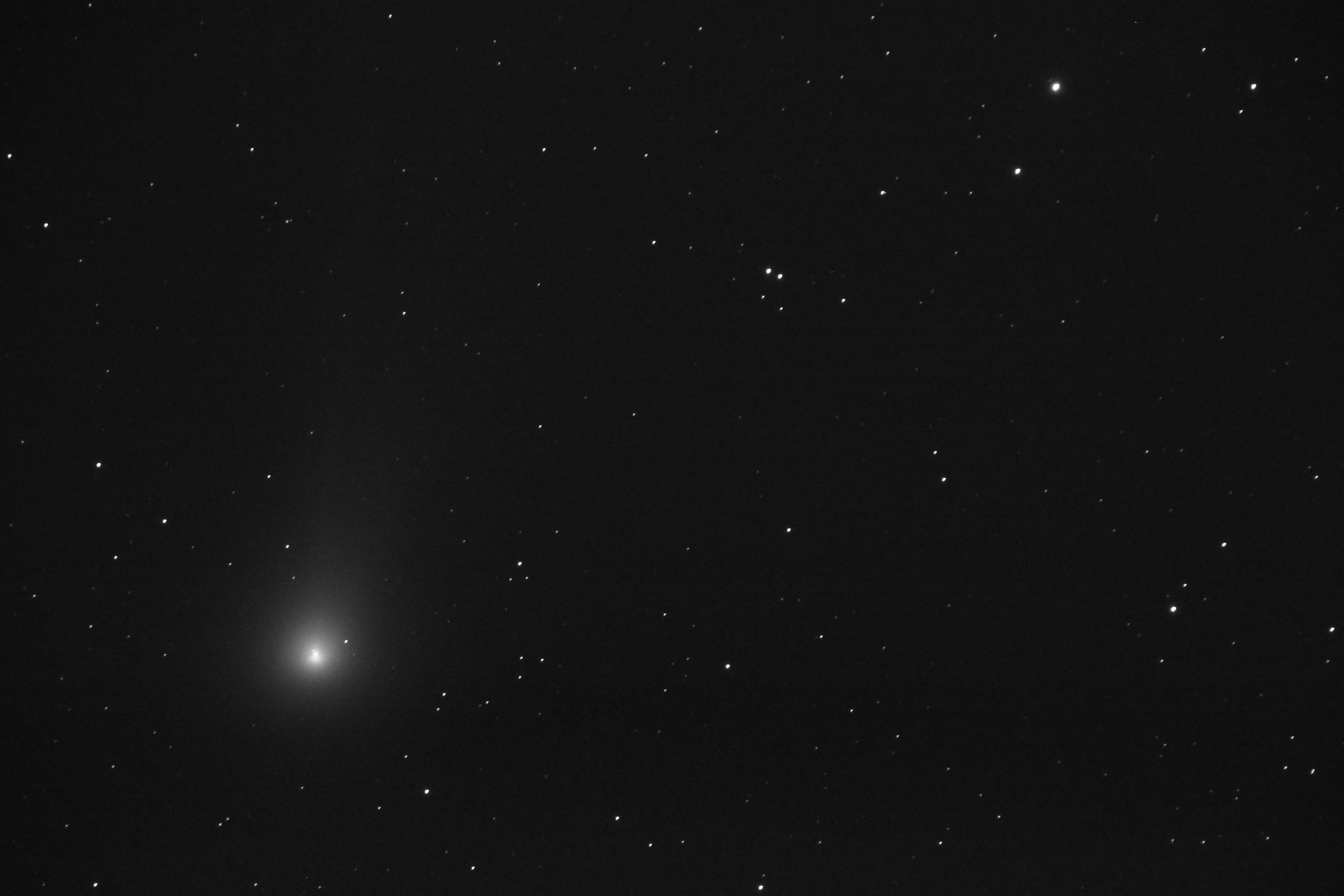See Two Comets and Planet Mercury in Pre-Dawn Sky This Week

This week in the hour before sunrise early morning stargazers will get a double treat: the planet Mercury and two special comets.
Mercury will be in one of its best locations in 2013 for spotting. The planet closest to the sun never strays very far into the night sky. It can only be glimpsed on rare occasions when it is at its farthest from the sun, and then only when its angle with the horizon is right.

This week is one of those rare, perfect opportunities for observers in the Northern Hemisphere, the only catch being that you need to be up an hour before the sun to take advantage of it. The best time to spot Mercury is about half an hour before sunrise. Any earlier, and it is too close to the horizon, but any later and the rising sun will swamp its tiny light. [Amazing Comet Photos of 2013 by Stargazers]
This week there is an extra treat to entice you to get up early. Not just one, but two comets are visible in binoculars.
The first is the potentially amazing Comet ISON, expected to possibly make a bright showing at the end of November and early in December. ISON is not currently visible to the naked eye, but some observers report that it is brightening well. This week, skywatching experts reported that Comet ISON is now visible through binoculars, as well as telescopes.

Comet Lovejoy is the second comet gracing the morning sky this week. Officially known as C/2013 R1, the comet was discovered on Sept. 7 by Australian amateur astronomer Terry Lovejoy.

Both comets are moving rapidly, so their position will be changing day by day. On Monday (Nov. 18) morning, when Mercury is best placed, Comet ISON will be just 3 "moon-widths" east (towards the eastern horizon) of the bright star Spica.
Get the Space.com Newsletter
Breaking space news, the latest updates on rocket launches, skywatching events and more!
Comet Lovejoy will be much higher in the sky at that time, passing just about half way between the Big Dipper and the constellation Leo . Both should be easily visible in 7x50 binoculars, and possibly even to the naked eye.
Editor's note: If you snap an amazing picture of Comet ISON, Comet Lovejoy, Mercury or any other night sky view that you'd like to share for a possible story or image gallery, send photos, comments and your name and location to managing editor Tariq Malik at spacephotos@space.com.
This article was provided to SPACE.com by Starry Night Education, the leader in space science curriculum solutions. Follow Starry Night on Twitter @StarryNightEdu. Follow us @Spacedotcom, Facebook and Google+. Original article on SPACE.com.
Join our Space Forums to keep talking space on the latest missions, night sky and more! And if you have a news tip, correction or comment, let us know at: community@space.com.

Geoff Gaherty was Space.com's Night Sky columnist and in partnership with Starry Night software and a dedicated amateur astronomer who sought to share the wonders of the night sky with the world. Based in Canada, Geoff studied mathematics and physics at McGill University and earned a Ph.D. in anthropology from the University of Toronto, all while pursuing a passion for the night sky and serving as an astronomy communicator. He credited a partial solar eclipse observed in 1946 (at age 5) and his 1957 sighting of the Comet Arend-Roland as a teenager for sparking his interest in amateur astronomy. In 2008, Geoff won the Chant Medal from the Royal Astronomical Society of Canada, an award given to a Canadian amateur astronomer in recognition of their lifetime achievements. Sadly, Geoff passed away July 7, 2016 due to complications from a kidney transplant, but his legacy continues at Starry Night.










